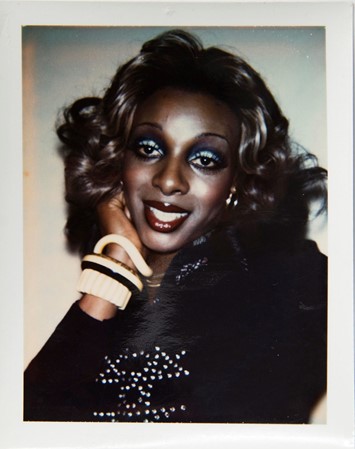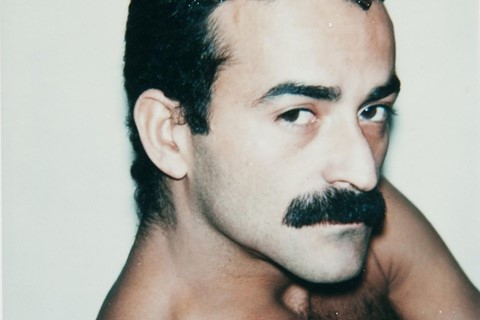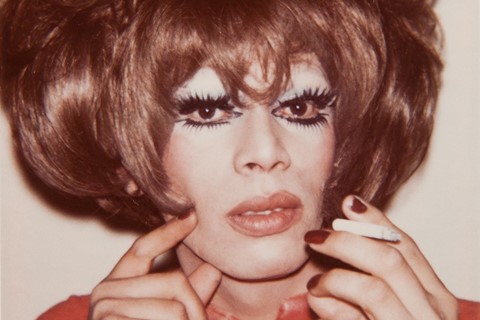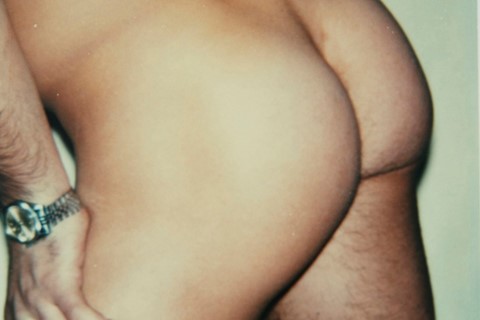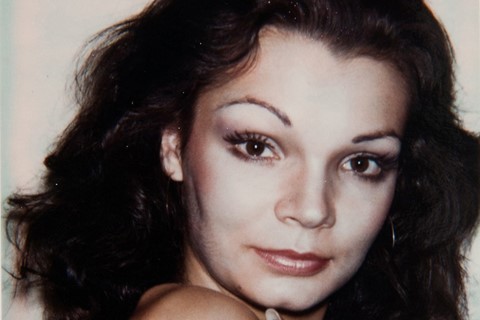Selections of Sex Parts and Torsos and Ladies & Gentlemen – two series by Andy Warhol, focussing on the LGBTQ community – are now on view online
As the Gay Liberation Movement got into full swing during the 1970s, Andy Warhol began to focus on the LGBTQ community in his art, creating two seminal bodies of work, Sex Parts and Torsos and Ladies & Gentlemen, selections of which are now on view online in Andy Warhol Polaroids at Fotografiska New York.
The Sex Parts and Torsos series began when a man boasted to Warhol of his tremendous appendage, which he allowed the artist to photograph. Warhol placed it in a box labelled “Sex Parts”. In 1977, he returned to the series with renewed gusto, using a 35mm camera and a Polaroid Big Shot to make tightly framed shots of torsos, buttocks, and penises of men recruited from gay bathhouses by Halston’s boyfriend, artist Victor Hugo.
The works were made less than a decade after the US Supreme Court decriminalised the possession of “obscene” materials in 1969, yet photographs of male nudes were still the provenance of pornographers. “Warhol’s sexuality was known within some circles, but it was something he kept private in many ways,” says Amanda Hajjar, Director of Exhibitions. “This work is significant in telling us about Warhol as a person, an artist, and that the queer community was still very much underground.”
While the Torsos were lauded as “high art”, evoking the tradition of classical nudes, the intimate, provocative, and homoerotic photographs from Sex Parts were kept hidden for years. Warhol, who was raised Catholic, struggled to reconcile his sexual identity with his faith. In the Andy Warhol Diaries, Warhol reveals his struggle, saying: “Victor came down with a nude pose-er. I’m having boys come and model nude for photos for the new paintings I’m doing. But I shouldn’t call them nudes. It should be something more artistic. Like ‘Landscapes’.”
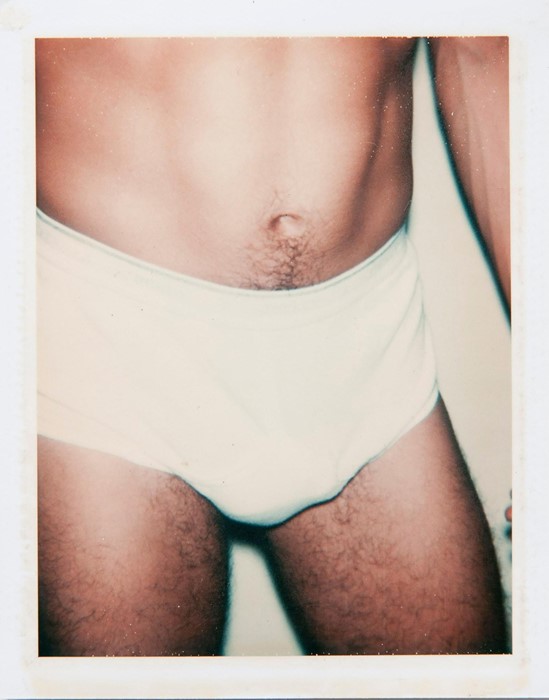
When it came to gender and identity, Warhol was much more open and at ease. His fascination took root in the late 1960s when he elevated Candy Darling, Holly Woodlawn, and Jackie Curtis to the realm of Superstar, casting the trans women in some of his most famous films including Trash, Women in Revolt, and Flesh. In 1974, Warhol instructed Interview editor Bob Colacello to find subjects for Ladies & Gentlemen, a series of portraits of drag queens and trans women of colour, at Greenwich Village’s famed disco the Gilded Grape.
Warhol made more than 500 photographs of 14 models, a selection of which were later immortalised in silkscreens. Though Warhol did not identify the sitters by name, in 2014 the Warhol Foundation officially identified 13 of the 14 sitters as Alphanso Panell, Marsha P Johnson, Michele Long, Vicki Peters, and Wilhelmina Ross, among others.
“The glamour and confidence of the trans women in Ladies & Gentlemen really drew in Warhol. There’s a strong connection between the performative nature of drag queens and what Warhol was looking for in his Superstars,” Hajjar says. “What makes Warhol’s series special is that he captured Black trans women in a way that celebrated their identities and provided them with space to express themselves freely and fully. It’s important to celebrate their legacy and continue to fight for trans rights, and specifically the lives of trans Black women today.”
Andy Warhol Polaroids is now on view online at Fotografiska New York.
